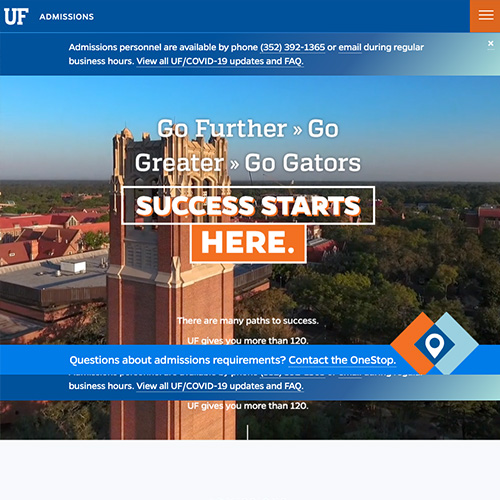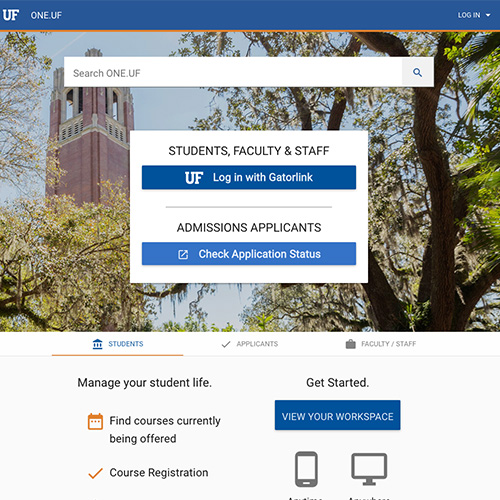FEAP 5 d.- Collaborates with the home, school and larger communities to foster communication and to support student learning and continuous improvement
Printable Version (.pdf)
| UNSATISFACTORY | DEVELOPING | ACCOMPLISHED | EXCEPTIONAL |
| A parent says, “I’d like to know what my kid is working on at school!” (D)
A parent says, “I wish I knew something about my child’s progress before the report card comes out.” (D) A parent says, “I wonder why we never see any school work come home.” (D) The teacher does not send progress reports to parents of students in her class.
|
A parent says, “I emailed the teacher about my child’s struggles with math, but all I got back was a note saying that he’s doing fine.” (D)
Weekly quizzes are sent home for parent/guardian signature. (D) The teacher shares the vocabulary words for the new science unit in the Friday folders. The teacher sends home a questionnaire to compile a list of class parents’ occupations for Community Helpers week. The teacher passes out her email address in her “Welcome to Third Grade” letter. The teacher asks the school counselor to talk to the parents. After several two-way communications, the teacher calls home to discuss a students’ misbehavior. (M)
|
The teacher sends weekly newsletter home to families, including advance notice about homework assignments, current class activities, community and/or school projects, field trips, etc. (D)
The teacher creates a monthly progress report, which is sent home for each student. (D) The teacher sends home a project that asks students to inter-view a family member about growing up during the 1970s. (D) The teacher includes the vocabulary words and their definitions for the new science unit in the Friday folders. The teacher responds to parents/guardians’ emails in a timely manner. The teacher sends home a letter to tell parents how to access and play the on-line games that come with the new math series. The teacher includes enriching local events in the class newsletter. |
Students create materials for back-to-school night that outline the approach for learning science. (D)
Student daily reflection logs describes learning and goes home each week for a response from a parent or guardian. (D) Students design a project on charting their family’s use of plastics. (D) The teacher holds a parent workshop right after afterschool pick-up to show parents how to access and play the on-line games that come with the new math series. While studying the lifecycle of butterflies, the Kindergarten’s weekly newsletter mentions the “Butterfly Exhibit” at the local museum.
|
Where noted, examples based on:
“(D)” – Danielson C. (1996). Enhancing professional practice: A framework for teaching.
Alexandria, Va: Association for Supervision and Curriculum Development.
“(M)” – Marzano, R. J. (2007). The art and science of teaching: A comprehensive
framework for effective instruction. Alexandria, Va: Association for Supervision and Curriculum Development.
Resources:
Ideas for building home school relationships
http://www.ldonline.org/article/28021/
http://www.readingrockets.org/article/19308/
http://teachers.net/gazette/SEP00/zeiger.html
Resource for sharing assignments on-line
http://assignaday.4teachers.org/
A plethora of resources for communicating with parents from tips for holding effective parent conferences to ADHD. http://www.teachervision.fen.com/education-and-parents/resource/3730.html
How to start and use a class blog




